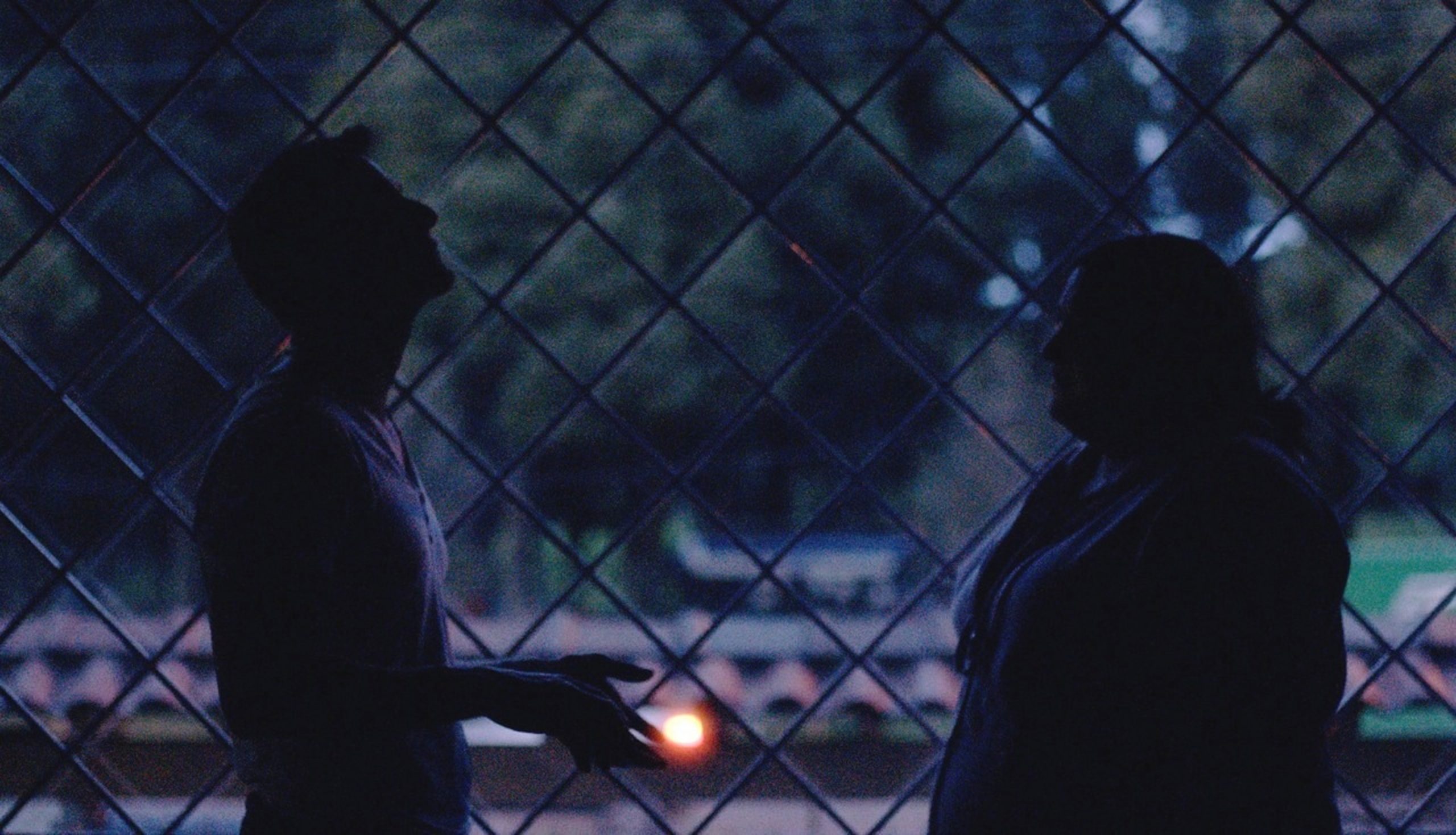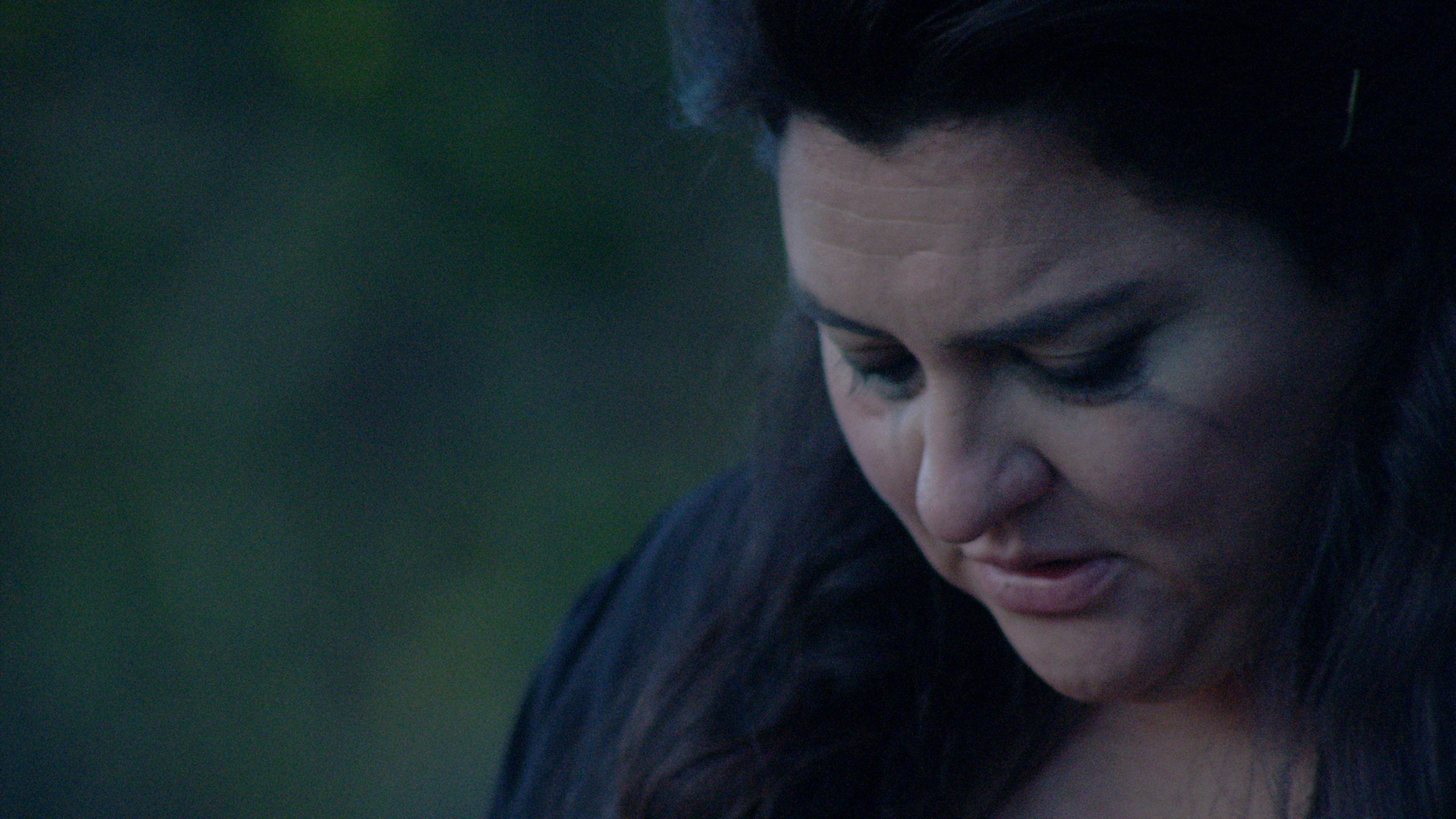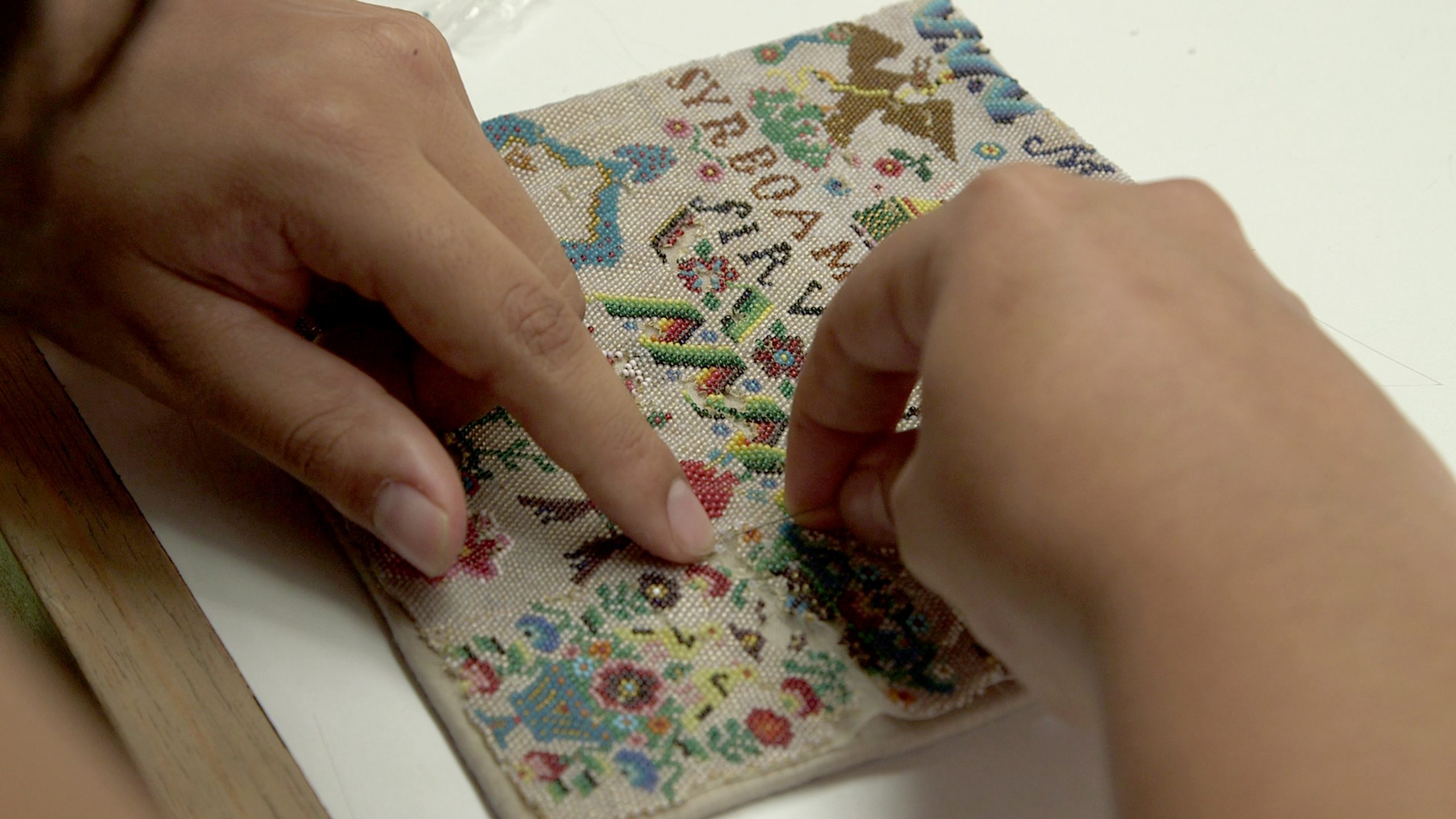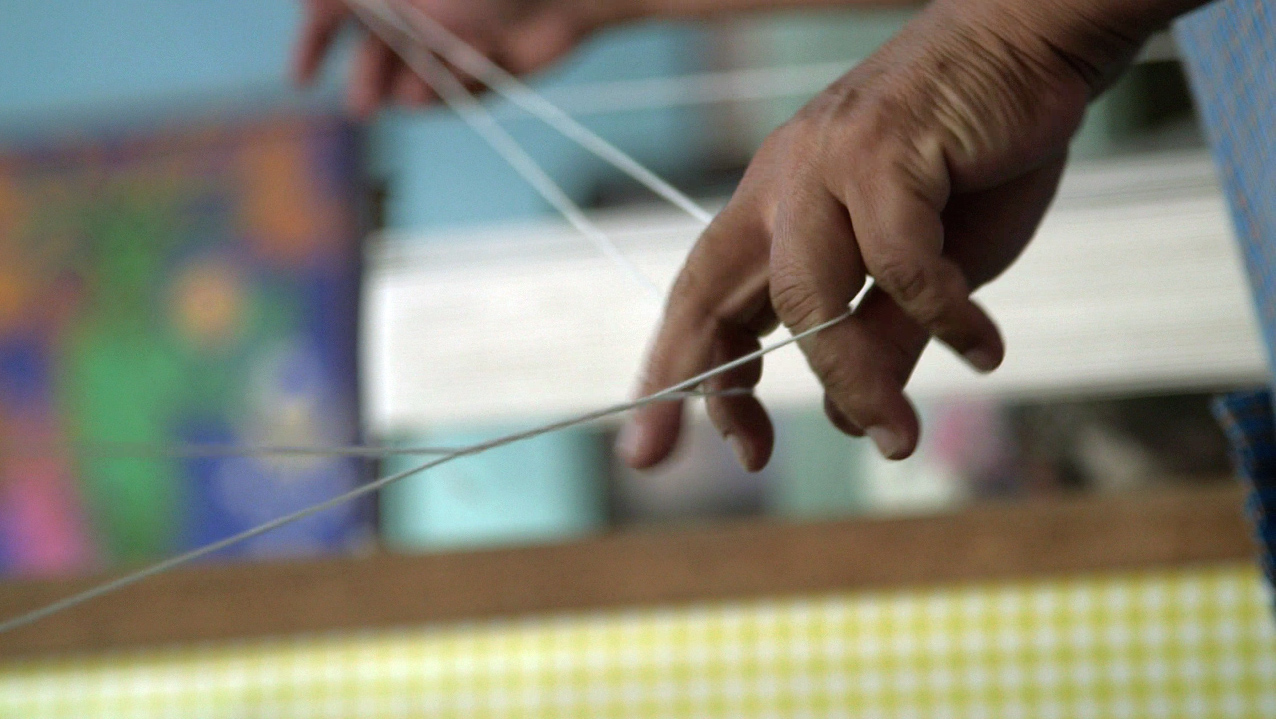
We look forward to this week’s Conversations at the Edge screening of Sol Negro (2016) and La Libertad (2017) by French-Colombian filmmaker, Laura Huertas Millán. By combining an exploration of political history with personal narrative, Huertas Millán’s films culminate into what she calls “ethnographic fictions”.
For additional context and insight into Huertas Millán’s work, below is an excerpt of her essay Fictions Ethnographiques.

Fictions Ethnographiques
Laura Huertas Millán
Shards and disappearances. Ethnographic Fictions develops a survey around ethnographic representation, giving birth to a series of films in which anthropology and fiction intertwine.
A first series of films created between 2009 and 2012 around the notion of exoticism constitutes the theoretical and iconographic beginnings of this research. On the one hand, this first movement analyses the construction of the “native” in the “New World”, paying special attention to the moments of the “first contact” between travelers and indigenous people. This moment of mutual discovery is referred by the term “flashes” – moments of light, fulgurant traces of a possible encounter which turn out to be the preamble of a conquest through violence. This first series features in vivo and in vitro “jungles” in Europe and America, linking botanical gardens and tropical greenhouses with the archives of colonisation. In the films Journey to a land otherwise known (2009) and Aequador (2012), part of this series, fiction gradually emerges as a narrative strategy to counteract a story mostly told from the point of view of the conquerors.

A second series of films develops between 2012 and 2017: the “ethnographic fictions”. This series establishes a dialogue with visual anthropology: it involves a displacement in Jean Rouch´s “ethnofiction”, while including the practices preceding and those subsequent to him, with an intrinsic ambiguity between ethnographic immersion and fiction. A constellation of practices emerges, from Edward Curtis to Chick Strandt, from Mapa Teatro to Juan Downey, including Aby Warburg, Robert Flaherty and Maya Deren. This constellation gives rise to an abundant cartography of authors who, in the succession of their travels, put into perspective the fusions and the frictions proper to an encounter. This series is also enriched by one year passed at Harvard University´s the Sensory Ethnography Lab, where modes of expression other than discursive language are experimented to address intercultural relations.
Read the full essay here.
